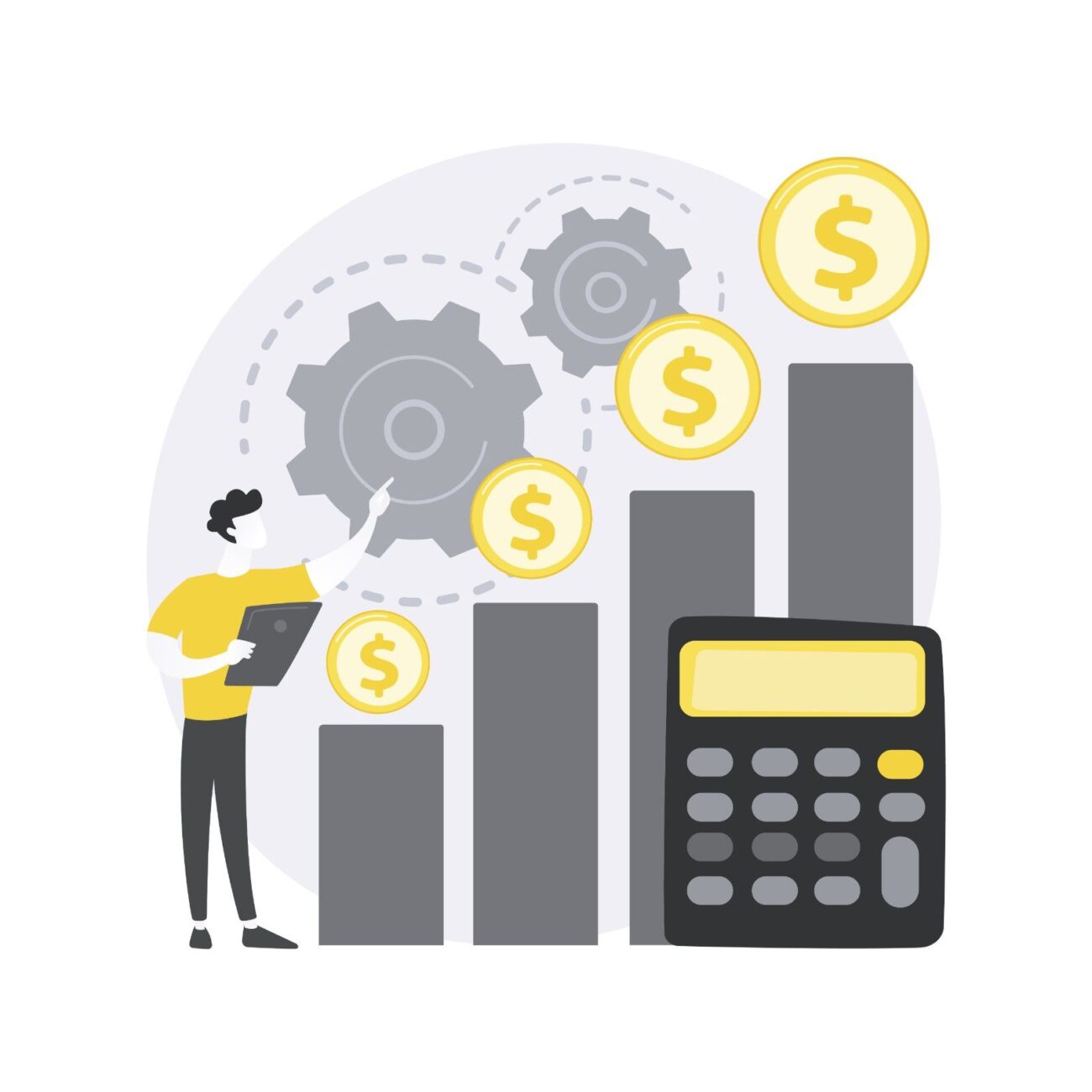Managing finances can be difficult, especially if you have never made a budget. Overspending, unexpected costs, and the feeling that money disappears too quickly are problems that many people face. In reality, however, creating a budget doesn’t have to be difficult for beginners. You can take charge of your finances and reduce stress by learning how to keep a precise track of your spending and putting basic strategies into practice.
Even if you’re starting from scratch, this guide will help you understand easy methods to make budgeting simple and practical.
Why Tracking Expenses Is the First Step
You need to figure out where your money is going before you can make a budget. By keeping track of your spending, you can:
- Find any unnecessary spending.
- Look for places where you can save money.
- Budget for monthly expenses and financial objectives.
- Stay clear of debt and overspending.
Budgeting becomes a wild guess if you don’t know your spending patterns. Tracking provides direction and lays the foundation for financial planning. If you face unexpected expenses while budgeting, a short-term personal loan can help you manage immediate financial needs without disrupting your plan.
Step 1 – Record Every Expense
Begin by keeping a record of every single expense for at least one month. This includes:
- Fixed costs include power, insurance, and rent.
- Costs that vary include groceries, entertainment, and dining out.
- Occasionally, spend money on gifts, subscriptions, and annual charges.
Whether it’s an app, spreadsheet, or notebook, use the tools that work best for you. Consistency is important; each rupee needs to be noted down.
Step 2 – Categorise Your Expenses
Divide them into categories after you have a list. Common classifications include:
- Housing (utilities, rent or a loan)
- Food (restaurants, groceries)
- Transportation (public transportation, fuel)
- Investments and savings
- Entertainment and enjoyment
- Other
You can identify trends in your spending by grouping it. For instance, you may find that your expenses for eating out exceed your original estimate.
Step 3 – Set a Realistic Budget
Make a budget for every category now that you are aware of where your money is going. Realistic budgeting is the most effective for beginners to avoid setting unrealistic goals.
Budgeting advice:
- First, set aside a portion of your income for savings.
- Be honest about your spending patterns.
- Set aside a little money for unexpected expenses.
To stay financially organised, consider a debt repayment loan that simplifies your monthly obligations and reduces financial stress.
Step 4 – Use Tools and Apps
Budgeting and tracking by hand can be difficult. Thankfully, there are a lot of apps that simplify the process. Popular tools include:
- Mint: A tool that automatically tracks and classifies expenditures
- Goal-setting and budgeting are the main topics of YNAB (You Need a Budget).
- Spreadsheets: Easy to use and suited for people who would rather track things by themselves
Select a method that you can stick with and enjoy. You are more likely to follow through if it is simple to use.
Step 5 – Monitor and Adjust Regularly
A budget should change as your lifestyle and financial goals do. Evaluate your spending on a weekly or monthly basis to make sure you’re on track. If needed, change the groups.
For example, you might adjust your budget to reflect the truth if you spent more on groceries but less on transportation. This adaptability keeps you motivated and helps you to avoid disappointment.
Step 6 – Make Saving Automatic
Managing savings is one of the easiest ways to maintain a budget. Establish monthly direct transfers to an investment or savings account. You can prevent spending desires and guarantee steady progress towards your objectives by paying yourself first.
Step 7 – Track Progress Toward Financial Goals
Achievement of goals is more important than just cutting expenses when creating a budget. Keeping track of your spending allows you to see your progress, whether you’re saving for retirement, an emergency fund, or a trip.
Charts and graphs are examples of illustrations that can motivate. Budgeting becomes less of an effort as you watch your savings increase over time, promoting good financial habits.
A low-salary personal loan can help you meet urgent needs or start saving without putting extra pressure on your budget.
Common Mistakes Beginners Should Avoid
Even with the best of goals, beginners frequently make budgeting errors. Here are some things to be aware of:
- Not keeping track of every expense – Little daily purchases add up quickly.
- Being too strict – Budgets that are too strict may disturb people.
- Ignoring irregular spending – Remember to include yearly or periodic payments.
- Not doing a regular check – A budget is a moving instrument that demands adjustment.
- Bringing together needs and wants – Give priority to essentials before making time for fun.
Tips to Make Budgeting Easy and Fun
- Enhance your financial planning by setting a monthly goal for reducing your spending in a particular area.
- Celebrate small successes. Give yourself a treat for staying within your spending limit.
- Involve family members or roommates. Discipline is maintained through cooperation.
- Make use of visual tracking. Progress can be seen through colour-coded spreadsheets, graphs, and charts.
- Every month, review and make adjustments. Make it adjustable to your way of life.
Conclusion
For beginners, creating a budget doesn’t have to be difficult or stressful. Anyone can take charge of their finances by keeping track of their spending, classifying their expenses, creating suitable budgets, and using helpful tools.
Begin slowly, maintain consistency, and change as necessary. Over time, budgeting turns from a chore into a useful tool for reaching your financial objectives, tracking expenses becomes routine, and saving money becomes easy.
Remember that progress is the aim, not perfection. You’re positioning yourself for future financial peace of mind by forming these habits now.




Great tips! I think categorizing expenses really helps in seeing patterns and knowing where to cut back. I also find that reviewing the categories at the end of each month keeps me accountable.